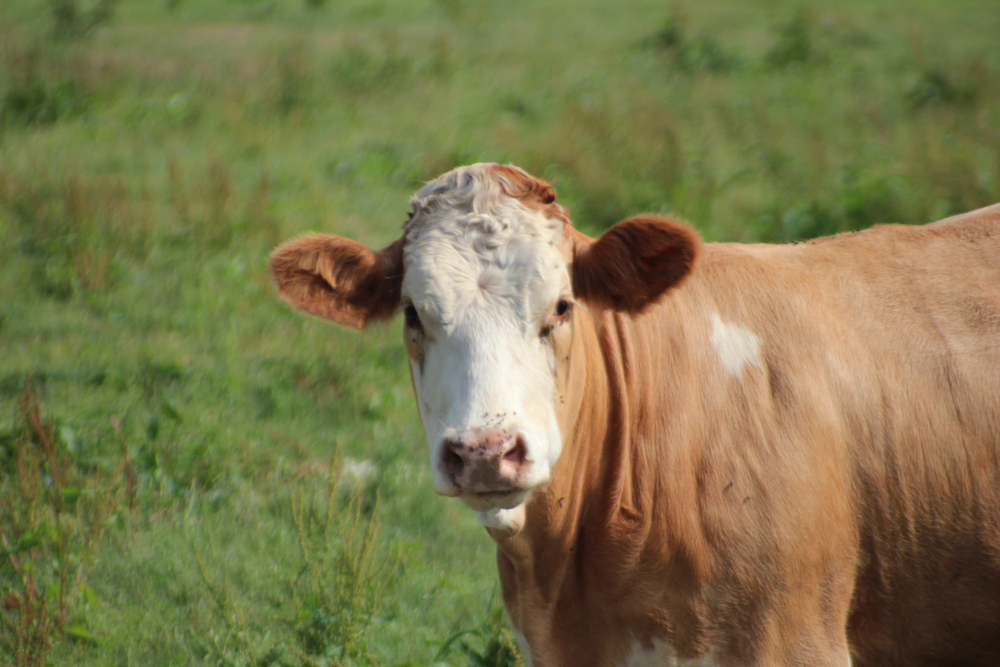Beef

An unfortunate consequence of owning and raising livestock is the inevitable death of some animals, despite even the best animal husbandry and veterinary care. Livestock owners and custodians must therefore understand methods of responsible carcass disposal to protect their herds from various infectious diseases, be good stewards of the environment, and promote a positive image for the livestock industry. Proper carcass disposal first and foremost ensures the safety of the herd by removing the source of a variety of infectious diseases, as well as protecting wildlife from the same diseases. Proper carcass disposal also helps to avoid environmental problems and the undesirable publicity the livestock industry receives when carcasses are found in inappropriate places such as creeks, ponds, and along the side of the road.
Alabama law requires carcass disposal within 24 hours. Approved methods of carcass disposal include burial and burning, as well as disposing of the carcass in an approved landfill (contact your local landfill for more information). Burial is not an option for those locations in Alabama with a high water table. If an incinerator is used to burn mortalities, use one approved by the Alabama (http://www.adem.state.al.us/AirDivision/Air%20Forms/ APPINCINERATOR07.xls).
Four Alabama Department of Agriculture Veterinary Diagnostic Laboratories are also available to perform an examination into the cause of death (necropsy) and then dispose of the carcass. Contact information for the four Alabama Veterinary Diagnostic Laboratories is listed below. The Alabama Veterinary Diagnostic Laboratories should only be used when the cause of death needs to be determined.
Alabama Department of Agriculture Veterinary Diagnostic Laboratories:
- Auburn: (334) 844-4987
- Boaz: (256) 593-2995
- Elba: (334) 897-6340
- Hanceville: (256) 352-8036
The following is an excerpt of Alabama law that dictates the rules and regulations governing carcass disposal:
“All owners or custodians of animals which die or are killed in their possession or custody, other than such as are slaughtered for food, within 24 hours shall cause the bodies of such animals to be burned or buried at least 2 feet below the surface of the ground. Hogs dying from cholera or any other disease whatsoever shall be burned. No such animal shall be burned or buried sufficiently near a residence or residences as to create a nuisance. Any person violating this section, whether by failure to burn or bury an animal dying or being killed in his possession or by causing the same to be burned in such proximity to a dwelling or in such other way as to become a nuisance shall be guilty of a misdemeanor….”
Failure to properly dispose of a carcass is therefore against the law, not responsible, and potentially detrimental to herd health and the environment. Care must be taken not to contaminate the water table, creeks, ponds, rivers, watersheds, and other water sources when disposing of a carcass. The Natural Resources Conservation Service (NRCS) is available to help identify appropriate livestock burial sites that meet Alabama Department of Environmental Management (ADEM) regulations. Contact ADEM, (334) 394-4309, your local NRCS district office, or the Alabama Cooperative Extension System when assistance is needed.
Livestock owners and custodians must understand methods of responsible carcass disposal to protect their herds from various infectious diseases, be good stewards of the environment, and promote a positive image for the livestock industry. Alabama law requires that all livestock carcasses be properly disposed of within 24 hours.

